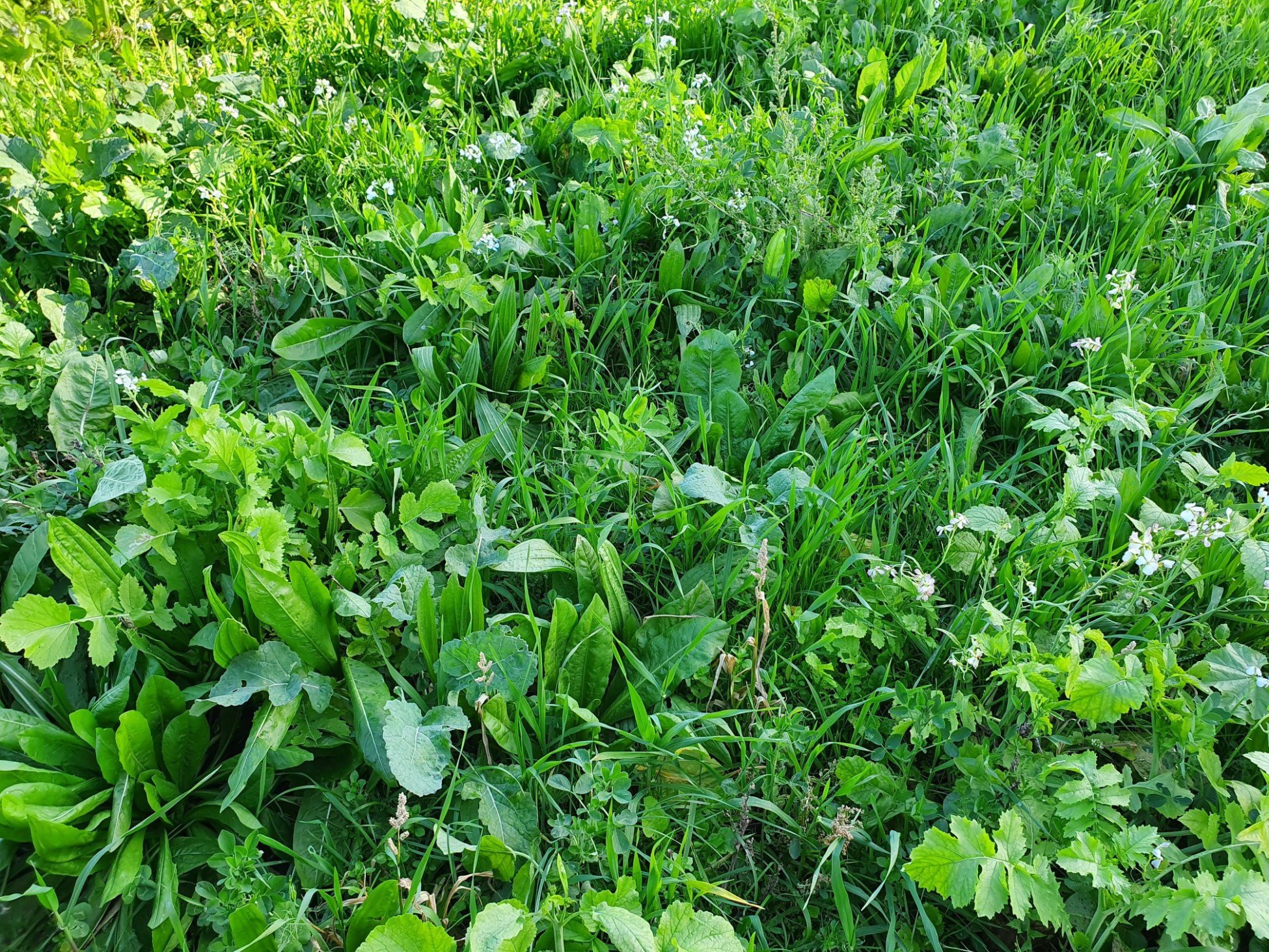

Perennial & Biodiverse Pastures
Public Group
Active a week ago
A group for members interested in pasture species applicable to a high winter rainfall... View more
Perennial Pasture Species for High Rainfall Mediterranean Regions
Tagged: Grazing Management
-
Perennial Pasture Species for High Rainfall Mediterranean Regions
Posted by Kate Tarrant on 24/08/2023 at 12:01 pmHi All, I thought I would start this discussion thread so we can compile a list of proven species that persist in a managed grazing multispecies pasture scenario in our high winter rainfall, dry summers climate.
So far on my list I can say with confidence that the following perennials do well:
- Chicory
- Plantain
- Strawberry Clover
- Perennial Rye
I know there are a lot more – this is just a conversation starter.
Kate Tarrant replied 9 months, 1 week ago 3 Members · 10 Replies -
10 Replies
-
I think cocksfoot and prairie grass would be a good perennial species to try and get going on pastures here.
The tricky thing is establishing them.
The main obstacle, besides our infertile, sandy soils and dry summers :-/ is that common grazing practices have to be changed. Most perennials need a longer period of time for establishment before grazing and cannot be re-grazed as often, especially in the beginning. They need to make a full recovery, that is to the point where the lower leaves are shaded out and start to yellow off, before re-grazing
The other thing is we have to get our mob density high enough to finish an area within three days because if they are left there any longer they will go for the new shoots on the best plants over finishing off the other stuff. Most perennial species don’t last long with this sort of treatment.
Changing our grazing practices is not necessarily a sacrifice, to the contrary, better utilisation and longer recovery time actually make for better production per hectare and do wonders for the soil. This does however involve regular moves!
-
-
-
Good question Kate! I wish there was an easy answer :-/
Adequate recovery is not as important for annual species because, let’s face it, they are only around for a short time anyway.
We do however want to get as much good forage out of them as we can in a season and hopefully build some soil too, through good root development and exudation.
For starters we want to try and give them enough time for establishment. This makes sense because early in the season they remain palatable and vegetative and to a point, larger/more leaves and roots make for more photosynthesis and nutrient acquisition. They also need well developed roots to avoid uprooting at the first graze.
We can only get one decent graze out of annual forbs with apical growing points, i.e. vetch, so recovery periods don’t apply. To get the most out of these species, you’d let them grow all the way to flowering then graze them completely.
Annual/biennial forbs with lower growing points, i.e. brassicas, serradella etc… do regrow and benefit from recovery. In this case, shading and yellowing of lower leaves, (as long as it’s not a nitrogen deficiency) is a good indicator that it’s time to graze.
Annual grasses like ryegrass take a bit of explaining. Firstly, they also benefit from having adequate time to establish.
Once the older leaves start bending down and touching the ground they are good to go. Ideally tillers should be around 25cm-30 high. The tricky stage comes later in the season when they go into stem elongation. At this stage, the apical meristem (growth point) starts to grow out (see photo) and become vulnerable to removal from grazing. If this vegetative meristem is removed, no more leaves can be generated from this tiller. During this stage of growth, you will see that the development of new crown buds and initiation of new tillers from the crown, slows right down. We need to take care not to graze the apical meristems off in this vulnerable elongation stage otherwise there will be a prolonged period without any regrowth.
When the plants start going into reproduction, (the boot stage when we usually make hay), a second cycle of basal buds starts which will provide us with some vigorous regrowth.
In summation, we need to allow annual ryegrass enough time for establishment, graze and re-graze it during the vegetative state when the older leaves start to bend down and touch the ground, avoid grazing the apical meristems during the elongation stage and then, then when it goes into the boot stage, either make hay, graze it once the new tillers are established or or leave it for stockpile.
-
-
-
-
Next time I move the sheep I’ll have to see how that compares with the graze at beer can height analogy (ie are the lower leaves also yellowing at beer can height, or 10cm) or does it need to be higher)
-
I have successfully established chicory, plantain, cocksfoot, perennial veldt grass and phalaris over the last three seasons. I have tried winter active tall fescue as well, however it’s probably more suited to higher fertility loams. Where I have got it to grow, it goes reproductive too quickly.
Cocksfoot, veldt grass and chicory are good options for free draining sands. Phalaris is suited to clays and wetter areas. Plantain suited to both. The reason the temperate grasses above are successful is because they have summer dormancy.
Perennial ryegrass is not something I have tried mainly because it will not go dormant.
And yes, survival is all about grazing management – essential to do short duration, long rest period rotational grazing.
-
Great work Eric! I’m really interested in how you got them established.. what sort of paddock prep, seeding timing & method?
Also not sure why not going into dormancy is a problem ( perennial rye)?
-
Dormancy of our temperate grasses is important in our dry summers. Chicory and plantain no problem but the grasses will lose persistence if they are summer active. I have seen failed paddocks of summer active tall fescue and seen perennial rye act as a biannual ( persisted one summer) of course there will be exceptions – valley floors that hang on to moisture or irrigation country…
With regards to perennial establishment. Success is achieved when you are willing to accept lower production for 2 seasons. I have had the most success with conventional approach of chemical and cultivation and precision seeder and use of bio stimulant on the seed. Seeding in autumn not spring. Then it’s up to grazing management: high density-short duration with a focus on suppression of annuals at key times like late spring.
Perennials are pathetic seedlings so annual ryegrass is enemy number 1. I have been very deliberate not to sow ryegrass in any paddocks that I have ambitions to establish perennials.
-
Thanks Eric, exactly what I wanted to know & pretty much our experience as well. Interesting about the perennial rye – good point. Fine for irrigated pastures I guess.
-
-
Log in to reply.

